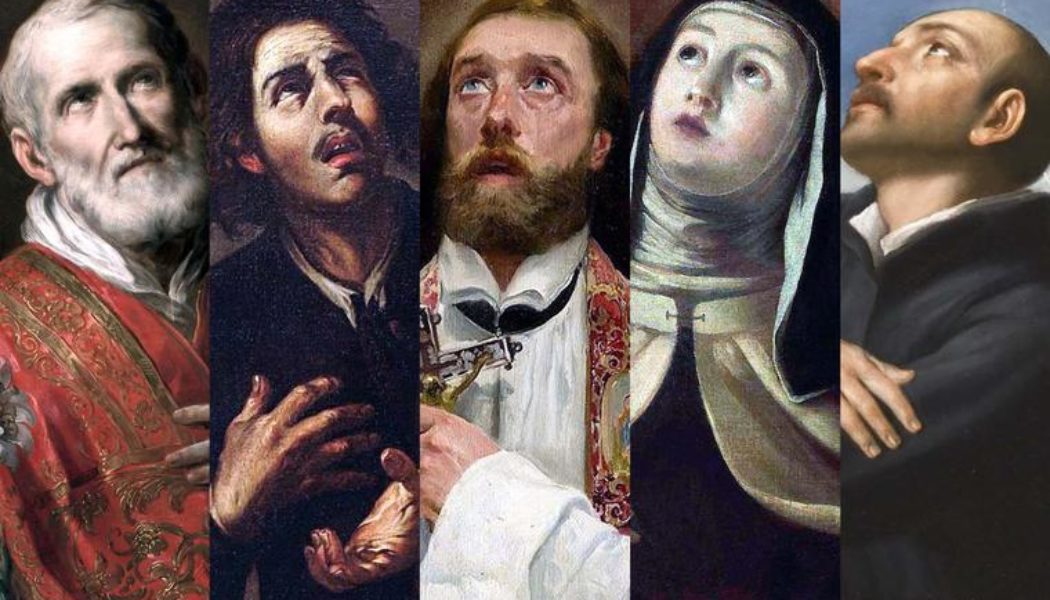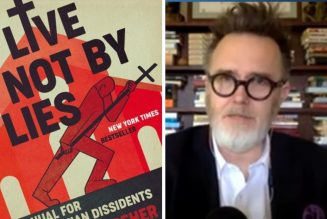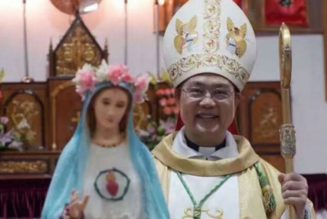
Last Saturday the Church marked the 400th anniversary of the joint canonization of four of the most influential figures not just in the counter-reformation but in all of Church history — Sts. Teresa of Ávila, Ignatius Loyola, Francis Xavier and Philip Neri — together with the one whom, at the time, King Philip IV tried to make the “headliner,” St. Isidore the Farmer.
St. Isidore was already devotionally the patron of the new Spanish capital of Madrid, and the Spanish monarch sponsored a theater structure within what is now St. Peter’s Square with scenes and miracles from St. Isidore’s life.
Of course it didn’t work, because even with four Spaniards, they couldn’t collectively match the popularity of the Italian St. Philip, only 27 years after his death. The Romans dubbed the canonization, quattro Spagnoli e un santo!, “Four Spaniards and a Saint!,” a quip that has similarly stood the test of time.
The quatercentenary is something I have looked forward to from the first time I had heard — during my college years — that all of these saints, to whom I had devotion, were canonized together.
Perhaps the only liturgical dates I’ve looked forward to with greater anticipation are April 6-9 in A.D. 30, which, if scholars are right, will be the 2,000th anniversary of the Last Supper, Good Friday, Holy Saturday and Easter Sunday. Even though the actual bi-millennium of the Resurrection will take place on Tuesday of the Fifth Week of Lent in 2030, I’m planning — if God permits me still to be around — to break the fast and celebrate with the joy befitting such an anniversary. I’d encourage you to circle your calendar and, if God permits you, likewise, to be around, to join me!
For this 400th anniversary, I was fortunate to have scheduled a Lenten Day of Recollection for the New York City Chapter of the Leonine Forum, an apostolate for young adult Catholics for which I’ve served as chaplain since 2017. In addition to a Sunday-length homily, I had two 45-minute conferences with which I could share insights from the lives and words of the five saints, which made it one of the most enjoyable days of recollection I’ve ever preached. Afterward we had a fitting celebratory lunch.
During the homily, because Jesus’ words in the Gospel focused on the call to Christian perfection, I focused on how these five illustrate for us the call to conversion and holiness. Because the recollection was taking place early in Lent, I used the two conferences to highlight what they teach us about two of the three practices Jesus mentions in the Ash Wednesday Gospel, prayer and almsgiving, more specifically, the greatest form of Christian almsgiving.
Since such a big anniversary shouldn’t remain just a one-day grace-filled liturgical memorial, and since these spiritual giants’ words and example are relevant to all Christians, I would like to share briefly what I shared with my Leonine Forum festal accomplices.
With regard to holiness, I spoke about how St. Teresa showed us an extraordinary hunger for it as a 7-year-old, resolving to journey immediately with her younger brother Rodrigo to Morocco to be martyred so that they could become a saint the quickest way possible. Their plan was foiled by a chance meeting with their uncle Francisco coming back from the hunt; otherwise we would have seen how they would have traversed the Mediterranean.
A similar desire for holiness ultimately characterized all five, but it didn’t come easily. It required conversion. After 19 years of religious life, Teresa needed to convert from laxity, lukewarmness and a life of deliberate venial sin. Isidore needed to convert from fear in the face of criticism by co-workers. Philip Neri needed to convert from his Florentine desire to become rich. Francis Xavier needed to convert from a desire for ecclesiastical ambition to become, first, a famous priest professor and, later, bishop of Pamplona. And most famously of all, Ignatius needed to convert from a desire for worldly fame on the battlefield. After his right leg, however, was shattered and his left calf torn off by a cannonball, as he was biding his time reading lives of the saints during many months of convalescence, he was touched in conscience and asked why he couldn’t respond to grace the way Francis of Assisi and Dominic of Guzmán had before him. He eventually did.
The Christian vocation is a call to holiness and all five show us how: turning away from sin and being truly faithful to the Gospel.
Each of them, likewise, was a person and a master-teacher of prayer. Through his Spiritual Exercises, St. Ignatius is the most famous teacher of Christian meditation in the history of the Church. St. Teresa, together with her spiritual co-conspirator St. John of the Cross, is the greatest teacher of contemplation and cartographer of the prayerful journey of the soul. St. Isidore taught us how to pray our work. St. Philip showed us how to pray with the saints and to incorporate the beauty inspired by faith into our conversation with God. Finally, St. Francis Xavier taught us how to teach others to pray, as he creatively catechized so many converts in Goa and the Pearl Fishery Coast of India, Sri Lanka, Indonesia and Japan.
They also all gave witness to the greatest form of almsgiving, which is to share the most important gift of all, which is the gift of God. Each was incandescent with a desire to share the gift of faith.
The most famous example is that of St. Francis Xavier, the greatest missionary in Church history after St. Paul. His 1544 letter from the trenches has stirred readers ever since — and gripped many of the young adults listening to me.
After describing how hard he was working to baptize the multitudes, he commented:
Many, many people hereabouts are not becoming Christians for one reason only: there is nobody to make them Christians. Again and again I have thought of going round the universities of Europe, especially Paris, and everywhere crying out like a madman, riveting the attention of those with more learning than charity: ‘What a tragedy: how many souls are being shut out of heaven and falling into hell, thanks to you!’ I wish they would work as hard at this as they do at their books, and so settle their account with God for their learning and the talents entrusted to them.
He got that desire from the one to whom he sent the letter, St. Ignatius, whose whole life was a commentary on Jesus’ words, “I have come to set the earth on fire and how I wish it were already blazing!” (Luke 12:49). St. Ignatius ignited a spiritual bonfire that lit the flame of generations of Jesuit missionaries who risked and in many cases gave their lives to bring the Gospel to the New World. A similar zeal characterized their brothers who founded educational institutions to carry out a deep penetration of the Gospel among those in Europe and areas already evangelized.
St. Teresa founded convents all over Spain on the principle that the first and most important aspect of the Church’s mission is to pray to the Harvest Master. On our own, she knew, we cannot make new disciples, because faith is always a gift. We must beg them of God and that’s what St. Teresa taught her Carmelites — and the whole Church — to do.
St. Isidore sought to evangelize the farmers who worked alongside of him, and, together with his wife, St. Maria de la Cabeza, to spread the joy of faith to other couples, families and their neighbors.
St. Philip was the example I focused on most. After having read St. Francis Xavier’s letters, he approached his spiritual director saying that he believed God was asking him to follow his Jesuit contemporary to India. The wise Cistercian told him, “No. Rome will be your Indies!” And he spent the rest of his life re-evangelizing Rome, cooperating with the gift of the Holy Spirit, through contagious joy, friendship, caring for the poor and sick, fun pilgrimages to different sanctuaries, opportunities for adult education and prayer, the sacrament of penance and helping them appreciate what was really going on in the miracle of the Mass. Over the course of his time in Rome, the Eternal City went from a traumatized moral cesspool to a converted city in which holiness was not only tolerated but seen to be what it really is, the path to the only happiness that endures.
His example shows us that to be a missionary, we don’t have to go to faraway places, but just as he made Rome his Indies, we’re each called to make our neighbor, city or town.
There are so many other angles we can focus on in their very rich lives. The main point is, however, that if we heed their lessons of conversion and holiness, of prayer and a love of neighbor so deep as to share with them the pearl of great price, the odds are we will be able, at the 500th anniversary, to celebrate with them in person — in that place where Christ, by what he did April 6-9, A.D. 30, made possible!
Join Our Telegram Group : Salvation & Prosperity









